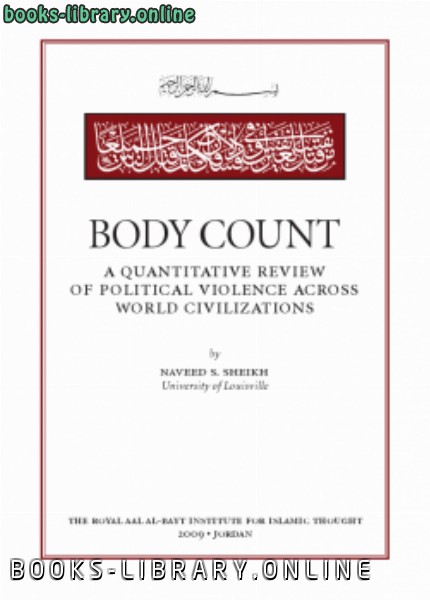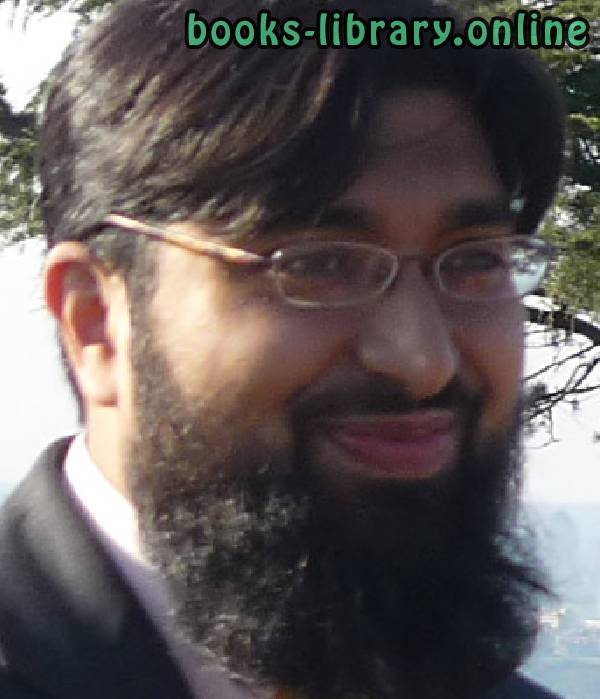📘 قراءة كتاب Body Count a quantitative review of political violence across world civilizations أونلاين


In his seminal work The Clash of Civilizations and the
Remaking of World Order (1996), the Harvard political
scientist Samuel Huntington reinvented Arnold Toynbee’s
understanding of history as driven not only by impersonal
material structures—territory, capital, population, and
natural resources—but equally by interpersonal ide-
ational structures. This perception seemed supported by
empirical observation, and soon filled the intellectual and
political lacunae which had attained particular salience in
the wake of the implosion of Soviet-backed communism.
Oftentimes, the reinstatement of religion—as the single
most stable ideational structure in human history—was
referred to as ‘the revenge of God’, but for social scientists
and historians alike it became impossible to scientifically
isolate the divine variable from terrestrial imperatives in
the muddled socio-political praxes of earthlings. A casual
observation, nonetheless, would suggest that discursive
constructions about God (in politics, a short-hand for
absolute truth) have been a necessary corollary to nearly all
conflictual formations, from the substate to the transstate
levels. The intensity of this linkage, and its constancy, is
tested in this study.
body count
Objectives
The present study attempts to quantify the human death
toll of religious and political violence throughout the last
two millennia and relating these to religio-cultural civiliza-
tions. Adopting a modified version of Huntington’s civiliza-
tional taxonomy, the study progresses along the following
lines: First, a comprehensive data list of over 3,000 violent
clashes in history, 0–2008 ce was developed. We then pro-
ceeded to identify 276 of the most violent conflicts in his-
tory, all with estimated human death tolls over 10,000, and
ranked them by death toll. The result was then organized
along civilizational lines, in order to attain a comparative
understanding of socio-religiously conditioned violence.
The findings are represented in four tables, leading to a
comparative evaluation of civilizational violence.
Methodology
The study has first produced an aggregate list of major
violent conflicts in the last two millennia, incorporating
four categories of violence, namely war, civil war, democide,
and structural violence. This shows the extent to which vio-
lence has been an almost universal form of ‘doing politics’
in all parts of the inhabited world for as long as history has
been recorded. The study then proceeded to quantify the
death tolls in the most violent episodes to produce a list of
the most violent conflicts in the last two millennia. These
conflicts were then organized along civilizational lines,
سنة النشر : 2009م / 1430هـ .
حجم الكتاب عند التحميل : 698.9 كيلوبايت .
نوع الكتاب : pdf.
عداد القراءة:
اذا اعجبك الكتاب فضلاً اضغط على أعجبني و يمكنك تحميله من هنا:

شكرًا لمساهمتكم
شكراً لمساهمتكم معنا في الإرتقاء بمستوى المكتبة ، يمكنكم االتبليغ عن اخطاء او سوء اختيار للكتب وتصنيفها ومحتواها ، أو كتاب يُمنع نشره ، او محمي بحقوق طبع ونشر ، فضلاً قم بالتبليغ عن الكتاب المُخالف:
 قبل تحميل الكتاب ..
قبل تحميل الكتاب ..
يجب ان يتوفر لديكم برنامج تشغيل وقراءة ملفات pdf
يمكن تحميلة من هنا 'http://get.adobe.com/reader/'


 منصّة المكتبة
منصّة المكتبة 